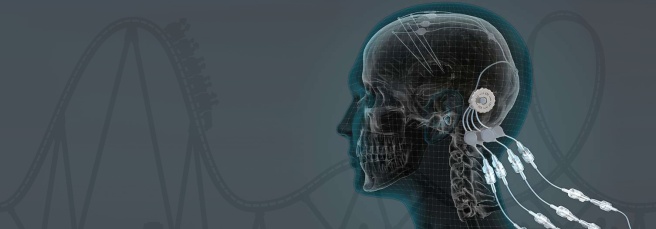|
# # # # Last year the results of the large STEADY-PD study were published. The investigators behind the Phase III clinical trial reported that the experimental treatment being tested had no effect on the progression of Parkinson’s in recently diagnosed individuals. The treatment being evaluated was a calcium channel blocker called isradipine – it is used for treating high blood pressure. Since publishing the results, some of the researchers behind the study have been conducting post hoc analysis of the data… and they have found something interesting: An effect. In today’s post, we will look at why isradipine was evaluated in Parkinson’s, what the results of the STEADY-PD study were, and what the newly discovered effect could mean. # # # # |
 Source: Medium
Source: Medium
In the scientific world, post hoc analysis (from the Latin post hoc, meaning “after this”) consists of statistical analyses that are specified after the data has been seen. This type of analysis should only be considered for “hypothesis forming” exercises, and not be viewed as cherry-picking of the data in order to find an effect.
And one must be careful with interpretation of data (eg. most people who are involved in car crashes have been reported as wearing clothes at the time of the incident, thus we should get rid of clothes to assess if this will reduce the incidence of automobile accidents).
Post hoc analyses of completed clinical trial data, however, can be very useful process of identifying interesting trends that could be explored in future studies.
A good example of this has recently been conducted on the STEADY-PD clinical trial study.
What was the STEADY-PD clinical trial about?


























